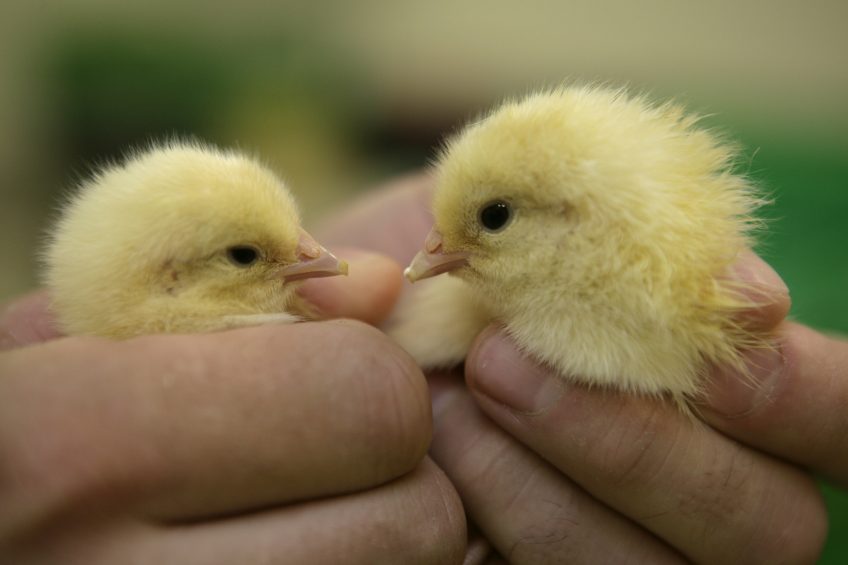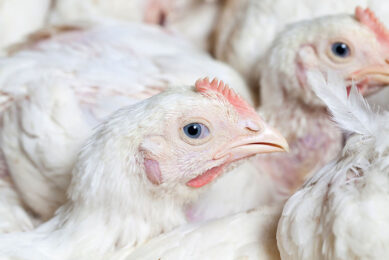Endoscopic system for sexing day-old chicks

Sexing day-old chicks is very important for poultry production. Females are used exclusively for commercial layers, whereas males are preferable in commercial broilers due to their fast growth.
Vent sexing
Several methods of chick sexing have been developed, the most popular method being vent sexing, which is performed just by looking for the presence or absence of a rudimentary male sex organ. Although this method is fast and accurate, it requires the observer to be well trained and to have a great deal of practice.
Feather sexing
Another method is feather sexing, which uses sex-linked feather characteristics genes. Although this method is easy in practice, it can be applied only to a limited number of chicken breeds and cross breeds.
High accuracy with endoscope sexing
Molecular sexing techniques, which are accurate, but difficult to apply to large number of chicks, are available as well. A modified endoscope system for small animals, based on the ‘Chick tester’; a monitor probe to be inserted into the intestine of a chick, used in the 1960-70s, was developed to determine the sex of day-old chicks quickly and accurately.
Also interesting: Commercial poultry embryo sexing a step closer
The probe of the endoscope was inserted from the cloaca into the intestine of a chick, and the presence of testes or ovary was observed through the wall of the intestine. Tests were performed in White leghorn and Rhode Island red chicks using this new system. The accuracy of sexing was 91.1% in White leghorn chicks and 88.3% in Rhode island red chicks, overall accuracy of sexing was 90.2% Data were confirmed by observing gonads after laparotomy or appearances at 80 d of age. Accuracy of sexing male chicks (95.0%) was higher than that of female chicks (86.0%). It is expected that the accuracy would be improved by continuous training in the handling of the endoscope.













